For anyone exploring the ketogenic diet, the appeal is often immediate and compelling: a high-fat, low-carbohydrate eating plan that promises rapid weight loss, improved mental clarity, and stabilized blood sugar levels. However, while the basics of keto might seem simple in theory, implementing it correctly in practice demands a deeper understanding of what foods to embrace—and more importantly, what foods to avoid. One of the most frequently misunderstood aspects of the ketogenic diet is the role that fruit plays. Although generally perceived as healthy, not all fruits are keto-compatible. Knowing which fruits to avoid and what not to eat on keto can make the difference between a smoothly functioning metabolism and an accidental return to carb dependency.
You may also like: Is the Keto Diet Safe or Dangerous? What Experts Say About the Risks, Benefits, and Basics of the Ketogenic Diet
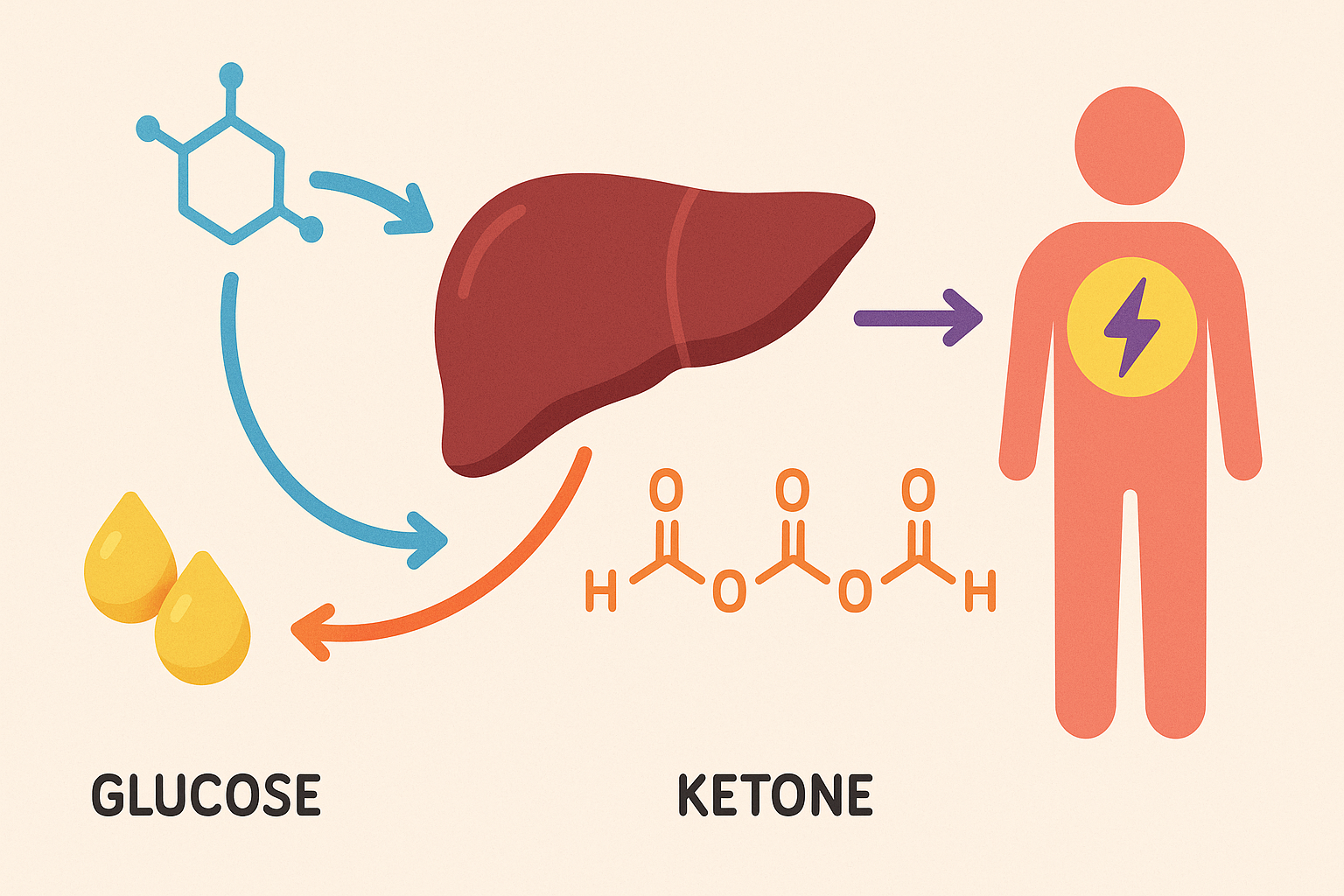
Understanding the Role of Carbohydrates in the Ketogenic Diet
At its core, the ketogenic diet shifts the body’s fuel source from glucose to ketones, which are produced in the liver from fatty acids. This metabolic state, known as ketosis, is only possible when carbohydrate intake is dramatically reduced—usually to less than 50 grams per day. Because fruits are natural sources of sugar, even healthy ones like apples or grapes can interfere with this delicate balance. This is why constructing a keto fruit list—and a corresponding list of keto fruits to avoid—is essential for anyone serious about maintaining a state of ketosis.
The distinction lies in sugar content and glycemic impact. While fruits offer vitamins, antioxidants, and fiber, their fructose content can rapidly raise blood sugar levels, potentially disrupting ketone production. To sustain ketosis, one must adopt a strategic, medically informed approach to fruit consumption, prioritizing low-glycemic, low-sugar fruits and steering clear of those that carry a hidden carbohydrate load.
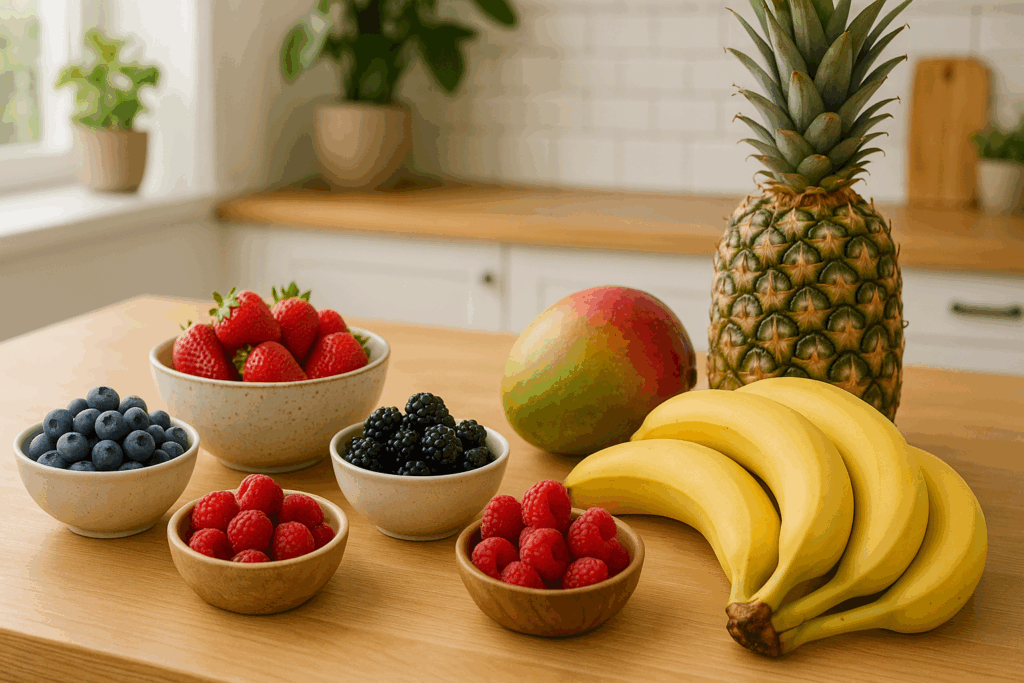
Common Misconceptions About Fruits with Keto Diet Plans
A frequent pitfall for keto beginners is the assumption that all fruits, being natural and unprocessed, must be suitable for a ketogenic lifestyle. This belief can inadvertently lead to stalled progress or even weight gain. Fruits like bananas, mangoes, and pineapples are nutrient-rich, but they are also among the worst foods to eat on a keto diet due to their high sugar content. While these fruits support other healthy eating plans, they don’t align with the metabolic requirements of ketosis.
Another common misconception is that dried fruits are acceptable in moderation. Unfortunately, the dehydration process concentrates sugar, making dried apricots or raisins even more problematic for those on a ketogenic diet. Similarly, fruit juices—even those labeled as 100% pure or unsweetened—are stripped of fiber and often cause rapid spikes in blood glucose. Understanding what not to eat on keto includes being vigilant about these hidden sources of sugar, many of which appear healthy at a glance but are biochemical saboteurs in disguise.
Can You Eat Bananas on Keto?
Among the most frequently asked questions in ketogenic circles is: can you eat bananas on keto? The answer, unfortunately, is a decisive no for most individuals following a standard ketogenic protocol. A single medium banana contains approximately 27 grams of carbohydrates, nearly the entire daily carb limit for someone striving to stay in ketosis. Even consuming half a banana can significantly disrupt the metabolic state, especially in those who are metabolically sensitive or just beginning the diet.
So, are bananas keto friendly? Not by conventional standards. Despite being rich in potassium and fiber, their carbohydrate density places them on the list of keto fruits to avoid. Alternatives like avocados, olives, and berries can provide similar nutritional benefits without jeopardizing ketosis. It’s essential to weigh the pros and cons of each fruit individually and to remember that being “natural” doesn’t automatically make a food suitable for every diet. The ketogenic diet, by design, is a specialized metabolic intervention that requires selectivity and precision.
Decoding the Ketogenic Diet Fruit List: What Works and What Doesn’t
Curating a reliable ketogenic diet fruit list involves more than just tallying carb counts; it also entails understanding how different fruits impact insulin response, satiety, and nutrient density. Fruits that make the keto cut tend to be high in water content, fiber, and antioxidants, with minimal sugar. Berries, particularly raspberries, blackberries, and strawberries, are among the few fruits that can be safely enjoyed in moderation. Their net carbs are low enough to fit within a well-formulated ketogenic plan, especially when paired with high-fat foods like whipped cream or Greek yogurt.
However, it’s important to maintain awareness of portion sizes. Even low-carb fruits can accumulate carbs quickly if consumed carelessly. This is why it’s so critical to familiarize yourself with the keto fruit list and continually assess whether each item supports or sabotages your dietary goals. Nutritional labels, food tracking apps, and ongoing blood ketone monitoring can all aid in navigating these choices with scientific precision and personalized insight.
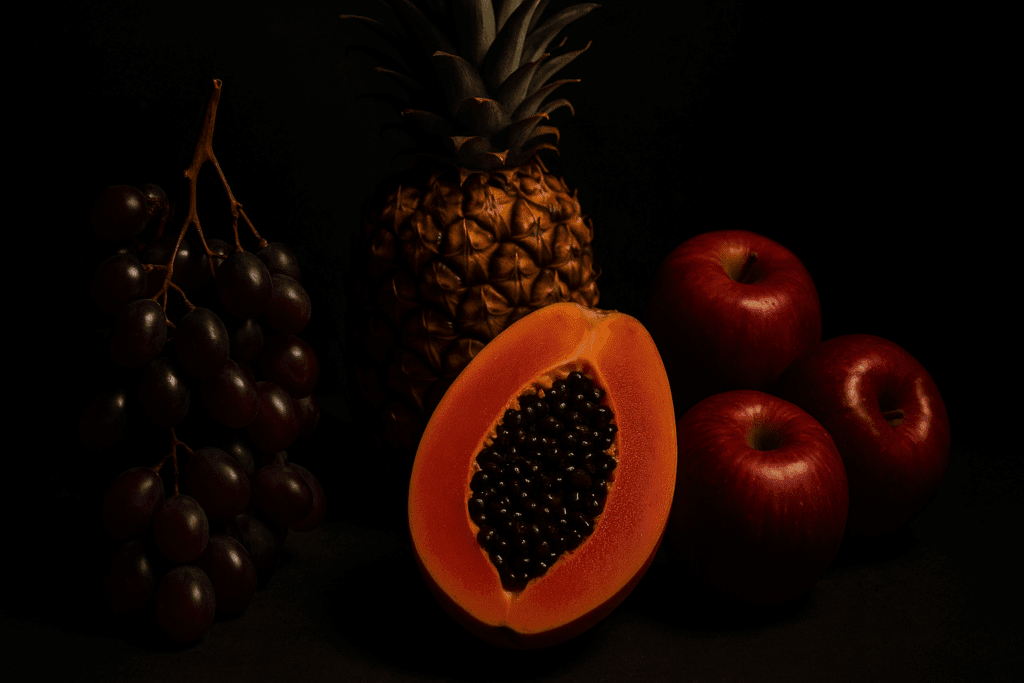
The Worst Foods to Eat on Keto Diet: Fruit Edition
When evaluating the worst foods to eat on keto diet programs, high-sugar fruits often top the list. Tropical fruits are especially problematic, not just because of their sugar density but also due to their pervasive use in processed snacks, smoothies, and health bars. Papayas, oranges, and lychees are common culprits, often consumed under the mistaken belief that their natural origin makes them diet-friendly. In truth, their glycemic impact can be substantial enough to kick the body out of ketosis within hours.
Grapes are another surprising entry on the list of keto fruits to avoid. Despite their antioxidant properties and popularity as a “clean” snack, grapes pack over 17 grams of sugar per cup. For someone on a ketogenic diet, even a small handful can be metabolically disruptive. Similarly, apples—a staple in many wellness diets—contain over 20 grams of carbs each, making them incompatible with keto goals unless consumed in extremely tiny quantities, which for most people is impractical.
Strategically Managing Foods to Avoid on Keto Diet Plans
Success on the ketogenic diet hinges on more than just knowing what to eat; it also requires discipline and foresight in identifying foods to avoid on keto diet meal plans. Fruits, though rich in micronutrients, should be approached with skepticism and strategic restraint. Portion control, glycemic load, and individual tolerance levels must all factor into daily decisions. Even fruits permitted in limited quantities should be spaced out appropriately, ideally consumed with fat or protein to blunt any glycemic spike.
Avoiding these pitfalls also means becoming a meticulous label reader. Many seemingly keto-friendly products incorporate fruit extracts, purees, or concentrates as flavor enhancers. These additions, while natural, may contain hidden sugars that can accumulate rapidly. Ensuring that fruits with keto diet plans align with your individual carbohydrate threshold means staying informed and making consistent, deliberate choices throughout the day.
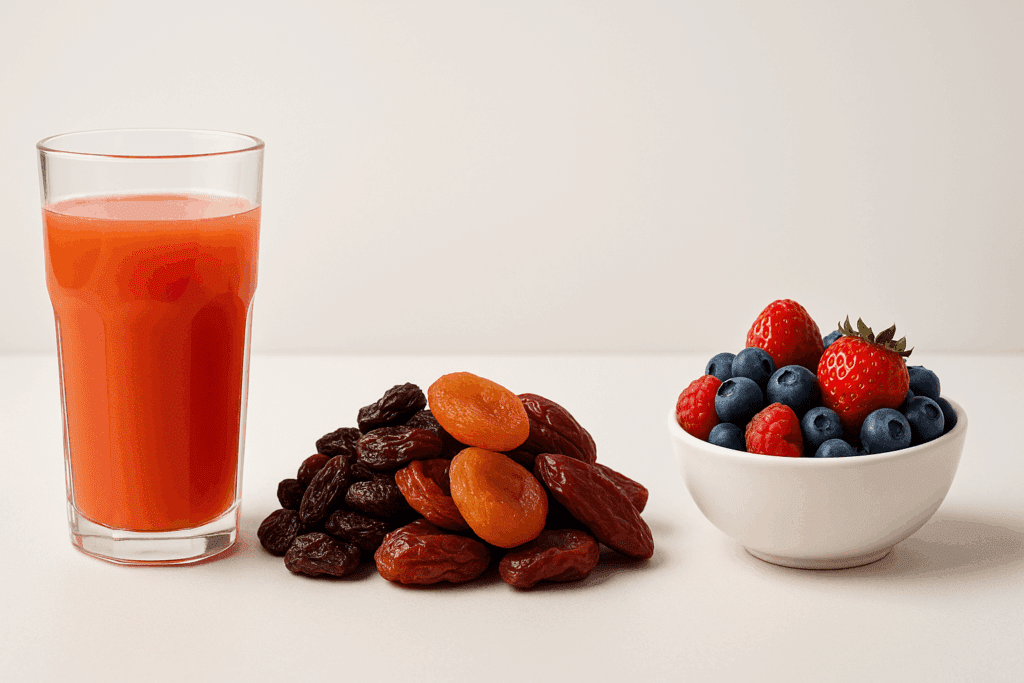
Why Dried and Juiced Fruits Don’t Belong on Your Keto Plate
Though fresh fruit consumption on keto requires moderation, dried and juiced fruits are generally inadvisable across the board. Drying fruit removes its water content, concentrating sugars and rendering the end product extremely carb-heavy. A quarter cup of dried cranberries, for instance, contains roughly 30 grams of sugar, placing it well outside the bounds of any ketogenic diet fruit list. Even unsweetened varieties offer little reprieve due to their naturally high sugar concentration.
Fruit juices are equally problematic. Stripped of fiber and delivered in liquid form, juices cause a rapid rise in blood glucose levels. Even a small glass of orange or apple juice can deliver more than 20 grams of carbohydrates. These types of liquid carbohydrates are absorbed quickly and can spike insulin, thereby interrupting ketone production and shifting the body back into glucose-burning mode. Anyone committed to a ketogenic lifestyle must treat juices as off-limits, regardless of their health halo.
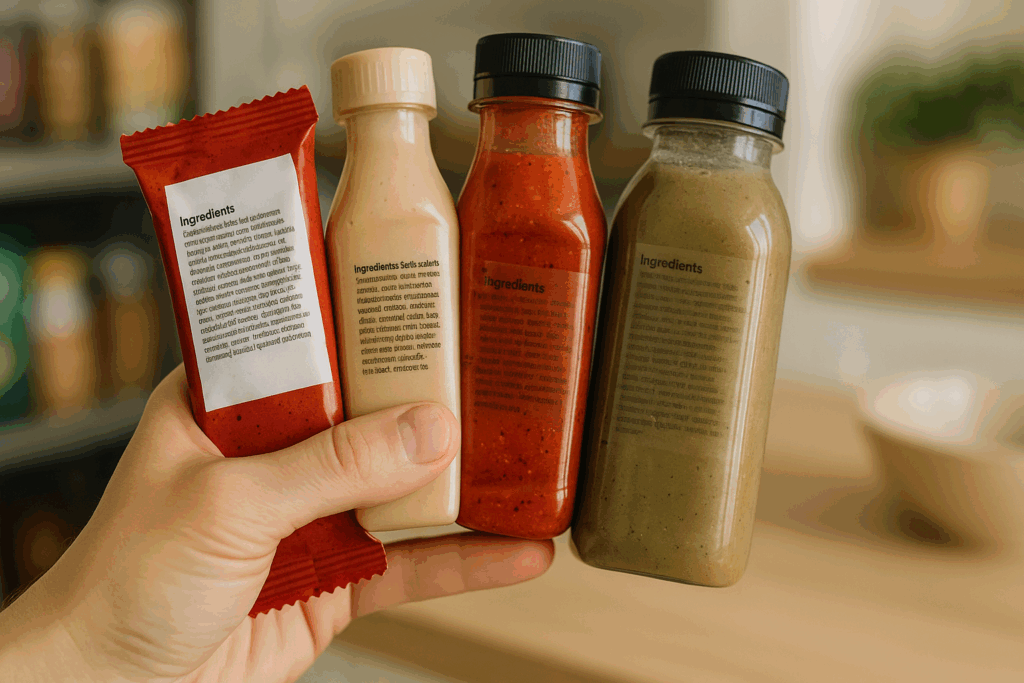
Reading Between the Labels: Hidden Fruits in Packaged Foods
Even for those who diligently avoid whole and juiced fruits, packaged foods can present hidden risks. Granola bars, protein shakes, sauces, and dressings may contain concentrated fruit components that are easy to overlook. These additives, often listed as apple fiber, grape concentrate, or banana puree, contribute to the overall carb load without offering the benefits of whole fruit. For this reason, a critical aspect of learning what not to eat on keto involves scrutinizing ingredients and understanding the many ways sugar can be disguised in health-centric products.
This challenge is especially acute for those purchasing “low-carb” or “keto-labeled” items that may not meet rigorous macronutrient standards. Terms like “no added sugar” or “all natural” can be misleading, especially when used to mask the presence of fructose-heavy ingredients. By understanding these marketing tactics and knowing how to assess nutritional information properly, consumers can avoid the worst food to eat on keto diet plans and make more informed, metabolically supportive choices.
Navigating Social Situations and Travel with a Keto Fruit Strategy
While sticking to your keto fruit list may be easy at home, real-life scenarios such as dining out or traveling often present new challenges. Buffets, hotel breakfasts, and catered events frequently include high-sugar fruit options like melon, pineapple, or fruit salad as “healthy” sides. Navigating these settings with a keto lens means either planning ahead or politely declining certain items, even when they seem harmless.
In such moments, it helps to prioritize the foods you know are safe. Opt for plain Greek yogurt topped with a small portion of berries instead of fruit-laden parfaits, or choose a cheese plate over the fruit tray. Staying in ketosis during travel or social gatherings requires preparation, whether that means packing keto-friendly snacks or researching menus in advance. Being aware of fruits with keto diet incompatibilities ensures that your choices remain aligned with your long-term health goals, even outside your normal routine.
Doctor-Recommended Strategies for Long-Term Success on Keto
Medical experts who support the ketogenic diet often emphasize consistency, personalization, and evidence-based decisions. Understanding the nuances of the ketogenic diet fruit list, particularly which fruits to avoid and why, enables individuals to tailor their plans to their metabolic needs. This isn’t about demonizing fruit altogether, but rather about recognizing which types support ketosis and which undermine it.
To achieve sustainable results, healthcare providers recommend combining dietary choices with routine monitoring. This could include tracking blood glucose and ketone levels, using food journals, and scheduling periodic consultations with a registered dietitian or physician. These measures ensure that your understanding of foods to avoid on keto remains both medically accurate and responsive to your body’s feedback. As research on ketogenic diets continues to evolve, staying informed and flexible is key to long-term metabolic health.
Frequently Asked Questions: Keto Fruits to Avoid and Smarter Choices for a Low-Carb Lifestyle
1. Why are certain fruits considered problematic for keto, even though they are natural and healthy?
Many fruits are indeed healthy in a general dietary context, but they are not always compatible with the metabolic demands of ketosis. The ketogenic diet prioritizes low carbohydrate intake, and even natural sugars in fruit can easily surpass the daily carb limit. This is why there is a well-defined keto fruit list that focuses on low-sugar fruits while emphasizing the keto fruits to avoid. While fruits are rich in vitamins and fiber, their fructose content can rapidly elevate blood glucose levels, which is counterproductive to maintaining a state of ketosis. In this context, the “naturalness” of a food doesn’t guarantee compatibility with keto; instead, its glycemic and insulin response should be the determining factors.
2. What role does fiber play when deciding which fruits are acceptable on keto?
Fiber is often an overlooked ally in keto meal planning. It can offset the total carbohydrate count by lowering the net carbs, which is why fruits with keto diet compatibility often have a high fiber-to-carb ratio. Avocados and raspberries, for instance, offer substantial fiber with minimal net carbs, making them keto-friendly. However, fiber alone doesn’t redeem fruits that are otherwise high in sugar. Understanding the balance between total carbs and fiber helps refine the ketogenic diet fruit list, enabling better decision-making beyond just calorie or sugar content.
3. How can individuals manage cravings for sweet fruits on a strict ketogenic plan?
Cravings for high-sugar fruits like mangoes or grapes are not uncommon, especially in the early stages of keto adaptation. Substituting these cravings with low-glycemic fruits, such as blackberries or strawberries, can satisfy the palate without compromising ketosis. Another effective strategy is combining low-carb fruits with fats—like coconut cream or nut butters—to increase satiety and reduce sugar spikes. Over time, many people find that their palate adjusts, making the fruits to avoid on keto less tempting. Behavioral strategies such as mindful eating and carb cycling (under medical supervision) can also support long-term dietary compliance.
4. Can you eat bananas on keto if you adjust your daily carb intake accordingly?
Technically, yes—but it comes with considerable caveats. A medium banana has around 27 grams of carbohydrates, which is close to or exceeds the daily carb limit for many keto followers. So, while you can eat bananas on keto if you restrict all other sources of carbs, doing so leaves little room for nutritional flexibility. Are bananas keto friendly for the average person? Not really. For most people, it’s more practical to opt for alternatives listed on the keto fruit list to preserve ketosis without sacrificing balance or variety in the rest of the diet.
5. What are the long-term metabolic implications of frequently eating high-carb fruits on keto?
Regularly consuming high-carb fruits, even in small amounts, can chronically interrupt ketosis and destabilize insulin sensitivity. Over time, this may hinder the very metabolic adaptations that keto aims to achieve, such as improved fat oxidation and glycemic control. This underscores the importance of committing to foods to avoid on keto, especially when the goal is therapeutic (e.g., managing type 2 diabetes or neurological disorders). The metabolic disruption caused by repeated ingestion of bananas, apples, or pineapples may be subtle at first but can accumulate, negating many of the benefits of a well-executed ketogenic plan. Sticking closely to the ketogenic diet fruit list ensures sustained benefits and reduced dietary friction.
6. Are there any situations where high-carb fruits might be temporarily acceptable on keto?
Yes, there are context-specific exceptions, such as targeted or cyclical ketogenic diets (TKD and CKD). These versions incorporate timed carbohydrate intake to support high-intensity exercise or metabolic flexibility. In such cases, the keto fruits to avoid on a strict regimen may be temporarily reintroduced in small portions around workouts. However, this should only be done with professional guidance, as mistimed or excessive fruit intake can hinder ketosis. For most individuals following standard ketogenic protocols, fruits with keto diet compatibility should still be prioritized.
7. How can someone decipher food labels to identify hidden high-carb fruit ingredients?
Reading labels carefully is crucial, especially when scanning for foods to avoid on keto diet plans. Ingredients like “apple juice concentrate,” “banana puree,” or “grape extract” often appear in protein bars, yogurt, and sauces under health-centric branding. While these additions may sound nutritious, they belong on the list of what not to eat on keto due to their sugar content. Smart label readers look beyond “sugar-free” claims and examine net carb values and ingredient hierarchies. Developing label literacy allows consumers to avoid the worst food to eat on keto diet routines while preserving the integrity of their macros.
8. How does the keto fruit list change for individuals with higher carbohydrate tolerance?
Some people—especially athletes or those in maintenance phases—have more metabolic flexibility and may tolerate a slightly higher carb threshold. In such cases, the ketogenic diet fruit list can be expanded to include slightly sweeter fruits like plums or cherries in measured quantities. However, portion control becomes more critical, as exceeding one’s individual carb limit can still disrupt ketosis. While these individuals may not need to avoid fruits as strictly, understanding the nuanced placement of foods on the spectrum of keto fruits to avoid versus include remains essential. Monitoring blood ketones can help tailor the diet with scientific precision.
9. What fruit-based keto recipes can help maintain variety without breaking ketosis?
Fruit-based keto recipes can incorporate ingredients like lemon zest, raspberries, or blueberries in low quantities to add brightness and flavor without disrupting ketosis. For instance, a chia seed pudding made with almond milk and a handful of blackberries offers fiber, fat, and minimal net carbs. These recipes help balance the desire for sweetness with adherence to the keto fruit list. It’s also common to use flavor extracts like banana or mango essence—which mimic fruit flavors without the sugar content—for variety and satisfaction. These creative culinary approaches allow dieters to avoid the worst food to eat on keto diet plans while enjoying food diversity.
10. How might future advancements in nutrition science affect keto fruit guidelines?
Emerging research in nutrigenomics and personalized nutrition may one day redefine what not to eat on keto based on individual genetic profiles. Scientists are exploring how enzymes, microbiota, and insulin sensitivity vary by person, which could shift the generalized keto fruit list toward a more customized model. For example, someone with a naturally higher threshold for fructose metabolism might eventually be able to include small amounts of currently restricted fruits without leaving ketosis. Until then, established medical guidelines still recommend avoiding high-glycemic fruits to maintain stable ketone production. Still, the field is evolving, and future innovations could make ketogenic dieting more flexible without compromising its metabolic benefits.
Final Thoughts on Keto Fruits to Avoid and Smarter Low-Carb Choices
For individuals committed to the ketogenic lifestyle, the question isn’t just can you eat bananas on keto—it’s how do you make fruit work for you without sabotaging ketosis? The answer lies in knowledge, discernment, and intentionality. By understanding the ketogenic diet fruit list and the science behind carb restriction, individuals can confidently navigate their nutrition with clarity and purpose.
Avoiding the worst food to eat on keto diet plans doesn’t mean eliminating enjoyment or variety. It means making informed, doctor-recommended decisions that align with your metabolic goals. Whether it’s saying no to grapes or swapping dried fruit for fresh berries in moderation, every choice counts. In the world of ketogenic nutrition, knowledge truly is power—and knowing what not to eat on keto is just as crucial as knowing what to embrace.
Further Reading:
11 Low Carb Fruits to Eat on Keto Diet and Fruits to Avoid
16 Foods to Avoid (or Limit) on the Keto Diet
Keto Diet Food List: What to Eat and What to Limit If You Go Keto


